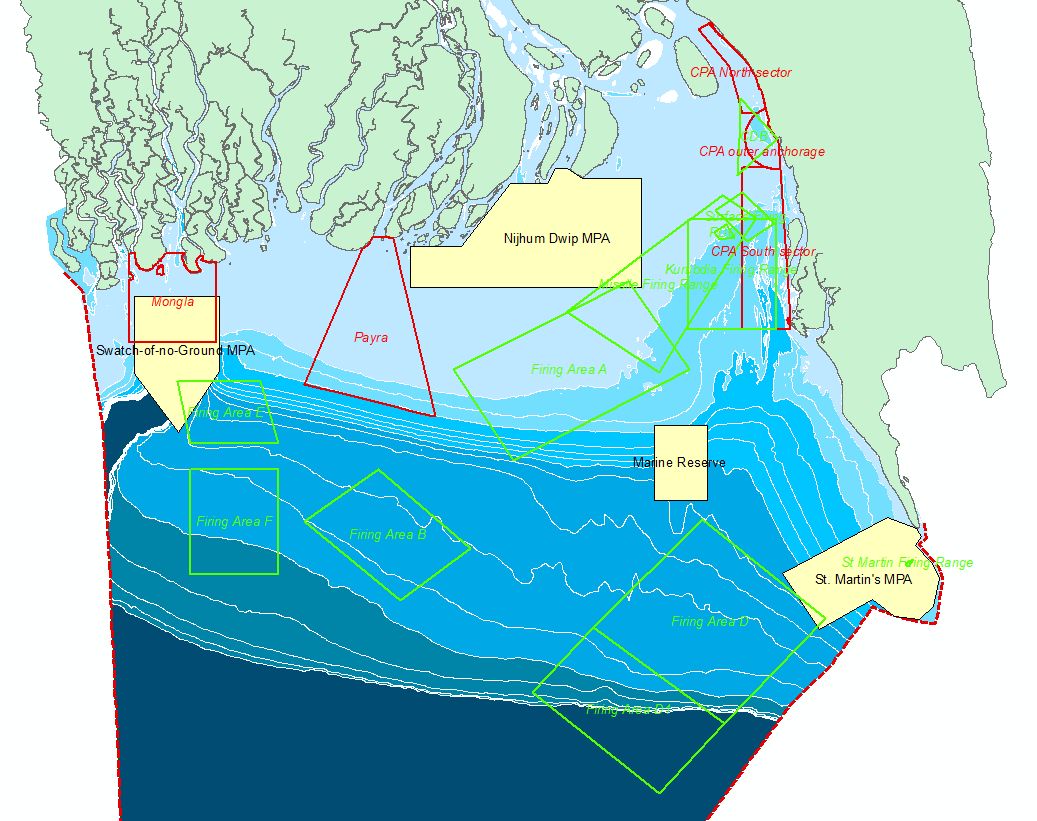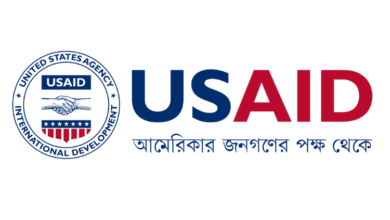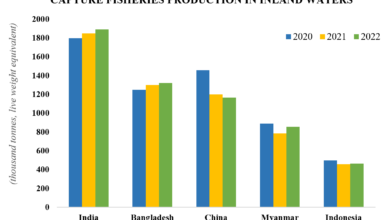
A defined area set aside and maintained for the long-term preservation of marine resources, ecological services, or cultural legacy is known as a marine protected area. Site-specific differences can be significant in the objectives, legal status, degree of protection, management strategies, and allowable uses of individual marine protected areas (MPAs). It’s an area of the ocean where restrictions on human activities have been imposed by the government. A number of MPAs permit uses that do not harm the ecosystem; others exclude fishing, and still others do not permit access to the area at all.
Marine parks, marine conservation zones, marine reserves, marine sanctuaries, and no-take zones are just a few of the various designations that can be applied to marine protected regions. Numerous aquatic environments can have marine protected areas developed. To safeguard coastlines, some MPAs are located in open waters. Others discuss estuaries, which are rivers’ entry points into the ocean. MPAs also include some freshwater environments, such as Great Lakes protected areas.
The purpose of MPAs is to guarantee that resources are sustainable and won’t run out. These MPAs guarantee fish populations remain healthy and allowed to breed by imposing limitations that prohibit overfishing. Fish populations can be increased, and fishing techniques improved in order to build MPAs. This helps individuals to continue their way of life by allowing them to fish year after year.
The objectives of different MPAs vary. Many MPAs are primarily concerned with safeguarding marine environments and the diversity of species they support. This reserve has an amazing diversity of habitats, including mangrove swamps, where trees grow directly in saline seawater, coral reefs, and chilly ocean currents. Shipwrecks and other historic sites are the subject of certain MPAs.
Through non-exploitative industries like sustainable marine-based tourism and well-managed aquaculture, MPAs contribute to the protection of the natural resource base that can offer alternative revenue-generating options. Important ecosystem services are preserved for both current and future generations with the assistance of MPAs.
For those who depend on marine resources for their daily sustenance, MPAs offer food security.
For the benefit of the nearby populations, MPA maintain and manage historically and culturally significant locations while safeguarding the natural beauty of marine environments.
As to the Marine Fisheries Ordinance-1983, as of January 4, 2022, the government has designated a total of four Marine Protected Areas, encompassing 7,367 square kilometers, or approximately 8.8% of Bangladesh’s exclusive economic zone. Of those, a 698 sq km region in the Bay of Bengal’s Middle Ground and South Patches has been designated as a Marine Reserve region. In this regard, the Wildlife Conservation and Security Act of 2012 has designated 3,188 sq. km., 1,743 sq. km. in St. Martin Island, and 1,738 sq. km. in the Swatch of No Ground as Marine Protected Areas (MPAs). Re
Bangladesh has declared the Naf Peninsula Marine Protected Area (MPA) as its fifth MPA. Its marine area is 734 square kilometres. With this announcement, Bangladesh moves closer to the Sustainable Development Goals (SDGs) and the Convention on Biological Diversity’s target of safeguarding 10 percent of its maritime waters.
Farhana Islam
Agriculturist, Researcher
Fisheries Resource Management, CVASU




